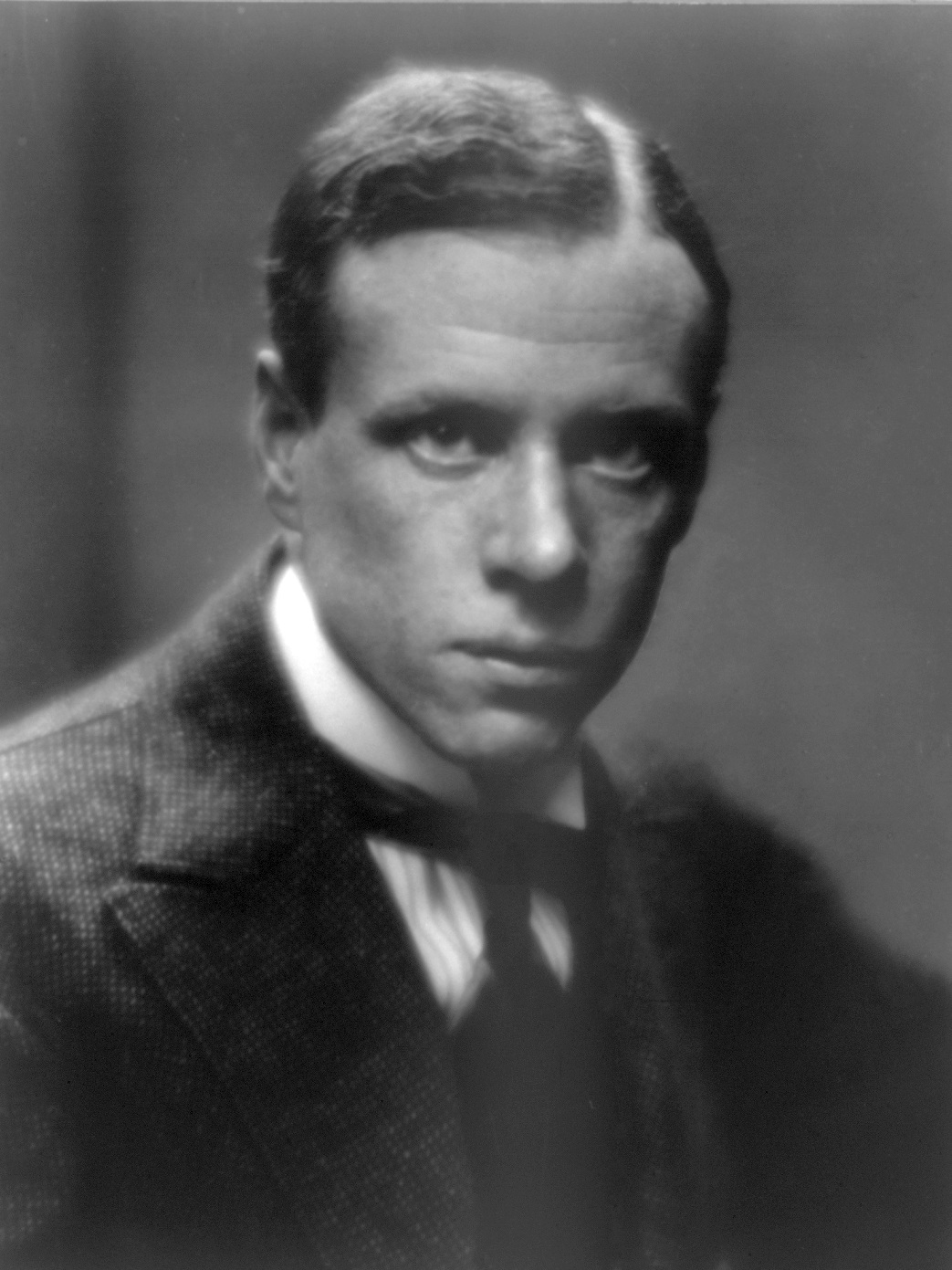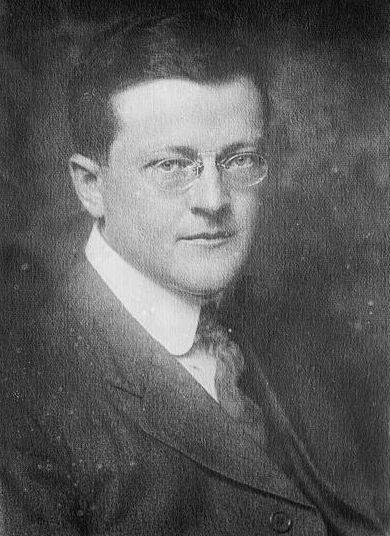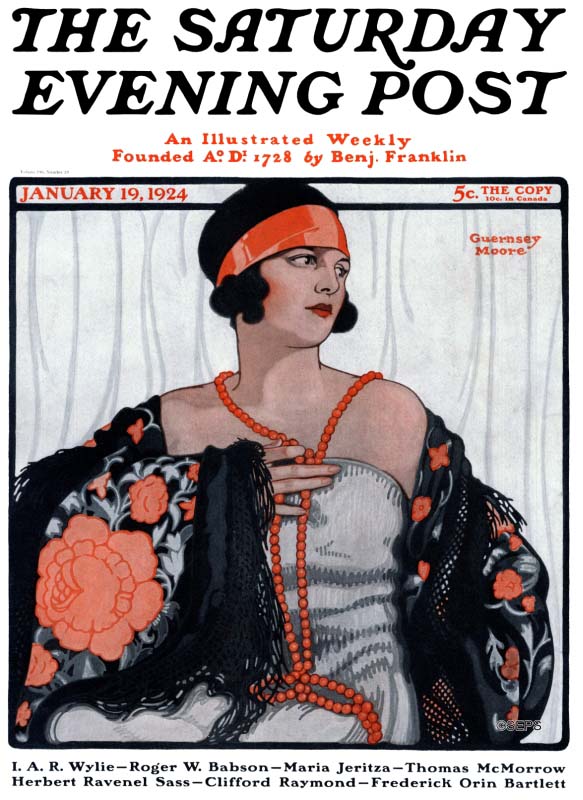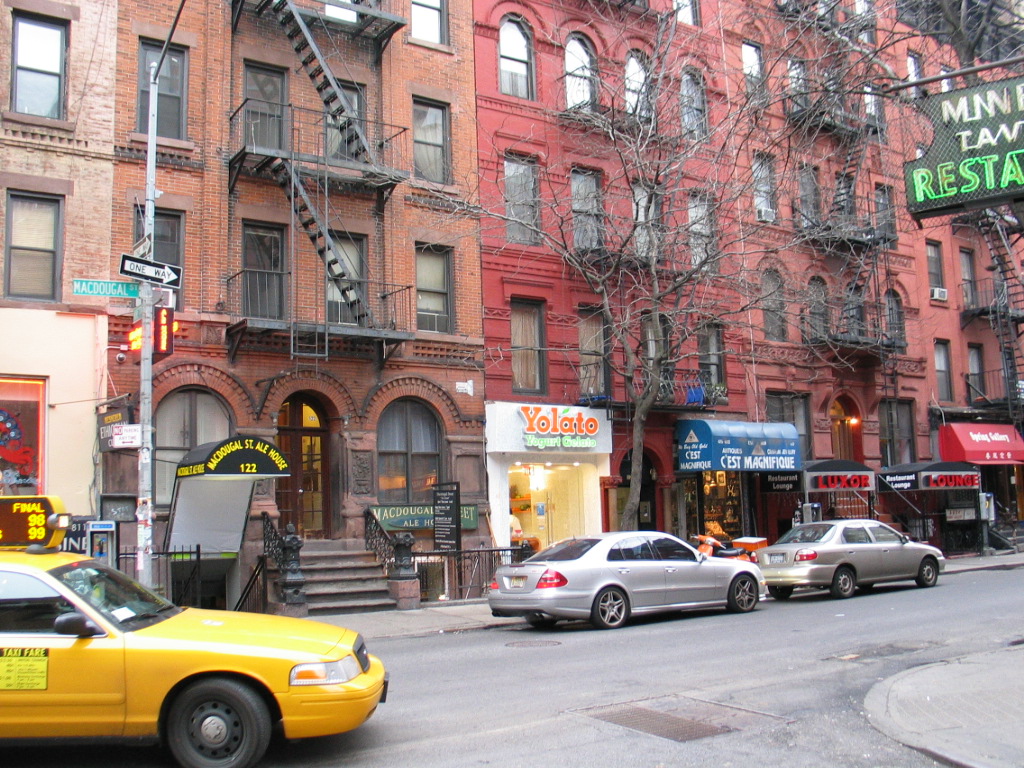|
Hobohemia
Hobohemia is a low-rent district in a city where artistic Bohemianism, bohemians and the down-and-outs or hobos mix. In Chicago from the turn of the century to circa 1940s this was Tower Town and the area often known as "The West Madison Stem" (Madison Street west of downtown) which was known as "Skid road" and home to thousands of transient men and women, and Ben Reitman's Hobo College. In New York City it was the neighborhood of the Bowery, and Greenwich Village. It was the title of a short story by Sinclair Lewis originally published in ''The Saturday Evening Post'', which Lewis subsequently reworked into a three-act comedy which was first performed at the Greenwich Village Theatre in 1919. A reference appears in the Rodgers and Hart song The Lady is a Tramp: "My Hobohemia is the place to be." See also *Skid row References Further reading * {{cite book, title=Hobohemia, first=Frank O., last=Beck, publisher=Richard R. Smith, year=1956, url=https://archive.org/details/hob ... [...More Info...] [...Related Items...] OR: [Wikipedia] [Google] [Baidu] |
Sinclair Lewis
Harry Sinclair Lewis (February 7, 1885 – January 10, 1951) was an American novelist, short-story writer, and playwright. In 1930 Nobel Prize in Literature, 1930, he became the first author from the United States (and the first from the Americas) to receive the Nobel Prize in Literature, which was awarded "for his vigorous and graphic art of description and his ability to create, with wit and humor, new types of characters." Lewis wrote six popular novels: ''Main Street (novel), Main Street'' (1920), ''Babbitt (novel), Babbitt'' (1922), ''Arrowsmith (novel), Arrowsmith'' (1925), ''Elmer Gantry'' (1927), ''Dodsworth (novel), Dodsworth'' (1929), and ''It Can't Happen Here'' (1935). Several of his notable works were critical of American capitalism and economic materialism, materialism during the interwar period. Lewis is respected for his strong characterizations of modern working women. H. L. Mencken wrote of him, "[If] there was ever a novelist among us with an authentic call to ... [...More Info...] [...Related Items...] OR: [Wikipedia] [Google] [Baidu] |
Ben Reitman
__NOTOC__ Ben Lewis Reitman M.D. (1879–1943) was an American anarchist and physician to the poor ("the hobo doctor"). He is best remembered today as one of radical Emma Goldman's lovers. Martin Scorsese's 1972 feature film ''Boxcar Bertha'' is based on ''Sister of the Road'', one of Reitman's books. Biography Reitman was born in Saint Paul, Minnesota, to poor Russian Jewish immigrants in 1879, and grew up in Chicago. At the age of twelve, he became a hobo, but returned to Chicago and worked in the Polyclinic Laboratory as a "laboratory boy".Reitman profile, UIC. In 1900, he entered the College of Physicians and Surgeons in Chicago, completing his medical studies in 1904. During this time he was briefly married; he and his wife had a daughter together. His wife was Mae Schwartz, and their daughter was Jan Gay (born Helen Reitman), the author, nudism advocate, and founder of the nudist ''Out-of-Door Club'' at Highland, New York. He worked as a physician in Chicago, choosing to ... [...More Info...] [...Related Items...] OR: [Wikipedia] [Google] [Baidu] |
Scene From "Hobohemia", 1919
Scene (from Greek ') may refer to: General * Scene (performing arts), a part of the story held in a single location * Scene (perception), a set of information that can flow from a physical environment into a perceptual system via sensory transduction Arts, entertainment, and media Music *Scene (subculture), a youth subculture from the early 2000s characterized by a distinct music and style Groups and performers * Scene, the stage name used by Japanese Punk guitarist Minoru Kojima * Selena Gomez & the Scene, an American band * The Scene (Canadian band), a late 1960s psychedelic Canadian band * The Scene (Dutch band), a Dutch band formed by Thé Lau Albums * ''Scene'', a 2005 noise album by Merzbow * ''Scenes'' (album), a 1992 music album by Marty Friedman * ''The Scene'' (Eskimo Callboy album), an Eskimo Callboy album * ''The Scene'', the debut album of The Scene Other uses in music * S.C.E.N.E. Music Festival, an annual festival held in downtown St. Catharines, Ontario, ... [...More Info...] [...Related Items...] OR: [Wikipedia] [Google] [Baidu] |
The Lady Is A Tramp
"The Lady Is a Tramp" is a show tune from the 1937 Rodgers and Hart musical '' Babes in Arms'', in which it was introduced by former child star Mitzi Green. This song is a spoof of New York high society and its strict etiquette (the first line of the verse is "''I get too hungry for dinner at eight''...") and phony social pretensions. It has become a popular music standard. The song appears in the film version of '' Babes in Arms'' (1939) as an instrumental version only. Recordings Early recordings from 1937 include one by Tommy Dorsey and His Orchestra (featuring Edythe Wright on vocals), Midge Williams and Her Jazz Jesters, Sophie Tucker, and Bernie Cummins on the Vocalion records label (#3714). Lena Horne recorded the song with the Metro-Goldwyn-Mayer Studio Orchestra on March 30, 1948. Her performance appeared in the film '' Words and Music'', a fictionalized biography of the partnership of Rodgers and Hart. The song was also used in the film version of '' Pal Joey' ... [...More Info...] [...Related Items...] OR: [Wikipedia] [Google] [Baidu] |
Rodgers And Hart
Rodgers and Hart were an American songwriting partnership between composer Richard Rodgers (1902–1979) and the lyricist Lorenz Hart (1895–1943). They worked together on 28 stage musicals and more than 500 songs from 1919 until Hart's death in 1943.Rodgers and Hart Biography Guide to Musical Theatre, accessed April 5, 2009 Many of their songs are classics of the American songbook. History Richard Rodgers and Lorenz Hart were introduced in 1919 while Rodgers was in high school and Hart had already graduated from |
John Corbin
John Corbin (May 2, 1870 – August 30, 1959) was an American dramatic critic and author. Career overview John Corbin was born in Chicago and educated at Harvard, where he was awarded the George B. Sohier Prize for literature. After his graduation from Harvard, Corbin soon became an established writer in New York City. From 1897 to 1900 he was an assistant editor of ''Harper's Magazine'', during part of this time acting also as dramatic critic for ''Harper's Weekly''; in 1902 he wrote the dramatic notices of ''The New York Times'' and in 1905-07 those of the ''Sun''. From 1908 to 1910 he was literary manager of The New Theatre, during the short life of which his efforts contributed much towards notably artistic productions. He served as secretary of the Drama Society of New York until 1916. In 1916 he produced Shakespeare's ''The Tempest'' (with full text in the Elizabethan manner). From 1917 to 1919 he was dramatic critic of ''The New York Times'' and after 1919 editor ... [...More Info...] [...Related Items...] OR: [Wikipedia] [Google] [Baidu] |
Greenwich Village Theatre
Greenwich Village Theatre (GVT) was an arts venue in Greenwich Village, New York which opened in 1917 and closed for the last time in 1930. Herman Lee Meader was the architect and it was located in Sheridan Square at 4th Street and Seventh Avenue. It was an intimate theatre that seated 450, and is no longer extant. It was originally built for Frank Conroy's Greenwich Village Players. ''The Greenwich Village Follies of 1919'' premiered at the GVT on July 15, 1919. It became "the first Off-Broadway An off-Broadway theatre is any professional theatre venue in New York City with a seating capacity between 100 and 499, inclusive. These theatres are smaller than Broadway theatres, but larger than off-off-Broadway theatres, which seat fewer tha ... musical to gain wide recognition in New York". The theatre was also the venue for the first series of performances organised by the International Composers' Guild between 19 February and 23 April 1922. The ICG moved on to the Klaw ... [...More Info...] [...Related Items...] OR: [Wikipedia] [Google] [Baidu] |
Comedy
Comedy is a genre of dramatic works intended to be humorous or amusing by inducing laughter, especially in theatre, film, stand-up comedy, television, radio, books, or any other entertainment medium. Origins Comedy originated in ancient Greece: in Athenian democracy, the public opinion of voters was influenced by political satire performed by comic poets in Ancient Greek theatre, theaters. The theatrical genre of Greek comedy can be described as a dramatic performance pitting two groups, ages, genders, or societies against each other in an amusing ''agon'' or conflict. Northrop Frye depicted these two opposing sides as a "Society of Youth" and a "Society of the Old". A revised view characterizes the essential agon of comedy as a struggle between a relatively powerless youth and the societal conventions posing obstacles to his hopes. In this struggle, the youth then becomes constrained by his lack of social authority, and is left with little choice but to resort to ruses which e ... [...More Info...] [...Related Items...] OR: [Wikipedia] [Google] [Baidu] |
The Saturday Evening Post
''The Saturday Evening Post'' is an American magazine published six times a year. It was published weekly from 1897 until 1963, and then every other week until 1969. From the 1920s to the 1960s, it was one of the most widely circulated and influential magazines among the American middle class, with fiction, non-fiction, cartoons and features that reached two million homes every week. In the 1960s, the magazine's readership began to decline. In 1969, ''The Saturday Evening Post'' folded for two years before being revived as a quarterly publication with an emphasis on medical articles in 1971. As of the late 2000s, ''The Saturday Evening Post'' is published six times a year by the Saturday Evening Post Society, which purchased the magazine in 1982. The magazine was redesigned in 2013. History 19th century ''The Saturday Evening Post'' was first published in 1821 in the same printing shop at 53 Market Street (Philadelphia), Market Street in Philadelphia, where the Benjamin Frankl ... [...More Info...] [...Related Items...] OR: [Wikipedia] [Google] [Baidu] |
Bowery
The Bowery () is a street and neighbourhood, neighborhood in Lower Manhattan in New York City, New York. The street runs from Chatham Square at Park Row (Manhattan), Park Row, Worth Street, and Mott Street in the south to Cooper Square at 4th Street (Manhattan), 4th Street in the north.Jackson, Kenneth L. "Bowery" in , p. 148 The eponymous neighborhood runs roughly from the Bowery east to Allen Street and First Avenue (Manhattan), First Avenue, and from Canal Street (Manhattan), Canal Street north to Cooper Square/East Fourth Street (Manhattan), Fourth Street. The neighborhood roughly overlaps with Little Australia, Manhattan, Little Australia. To the south is Chinatown, Manhattan, Chinatown, to the east are the Lower East Side and the East Village, Manhattan, East Village, and to the west are Little Italy, Manhattan, Little Italy and NoHo, Manhattan, NoHo. It has historically been considered a part of the Lower East Side of Manhattan. In the 17th century, the road branched of ... [...More Info...] [...Related Items...] OR: [Wikipedia] [Google] [Baidu] |
Greenwich Village
Greenwich Village, or simply the Village, is a neighborhood on the west side of Lower Manhattan in New York City, bounded by 14th Street (Manhattan), 14th Street to the north, Broadway (Manhattan), Broadway to the east, Houston Street to the south, and the Hudson River to the west. Greenwich Village also contains several subsections, including the West Village west of Seventh Avenue (Manhattan), Seventh Avenue and the Meatpacking District, Manhattan, Meatpacking District in the northwest corner of Greenwich Village. Its name comes from ''Groenwijck'', Dutch language, Dutch for "Green District". In the 20th century, Greenwich Village was known as an artists' haven, the Bohemianism, bohemian capital, the cradle of the modern LGBTQ social movements, LGBTQ movement, and the East Coast birthplace of both the Beat Generation and counterculture of the 1960s. Greenwich Village contains Washington Square Park, as well as two of New York City's private colleges, New York University (NYU) ... [...More Info...] [...Related Items...] OR: [Wikipedia] [Google] [Baidu] |
Bohemianism
Bohemianism is a social and cultural movement that has, at its core, a way of life away from society's conventional norms and expectations. The term originates from the French ''bohème'' and spread to the English-speaking world. It was used to describe mid-19th-century non-traditional lifestyles, especially of artists, writers, journalists, musicians, and actors in major European cities. Bohemian is a 19th-century historical and literary topos that places the milieu of young metropolitan artists and intellectuals—particularly those of the Latin Quarter in Paris—in a context of poverty, hunger, appreciation of friendship, idealization of art and contempt for money. Based on this topos, the most diverse real-world subcultures are often referred to as "bohemian" in a figurative sense, especially (but by no means exclusively) if they show traits of a precariat. Bohemians were associated with unorthodox or anti-establishment political or social viewpoints expressed through f ... [...More Info...] [...Related Items...] OR: [Wikipedia] [Google] [Baidu] |






